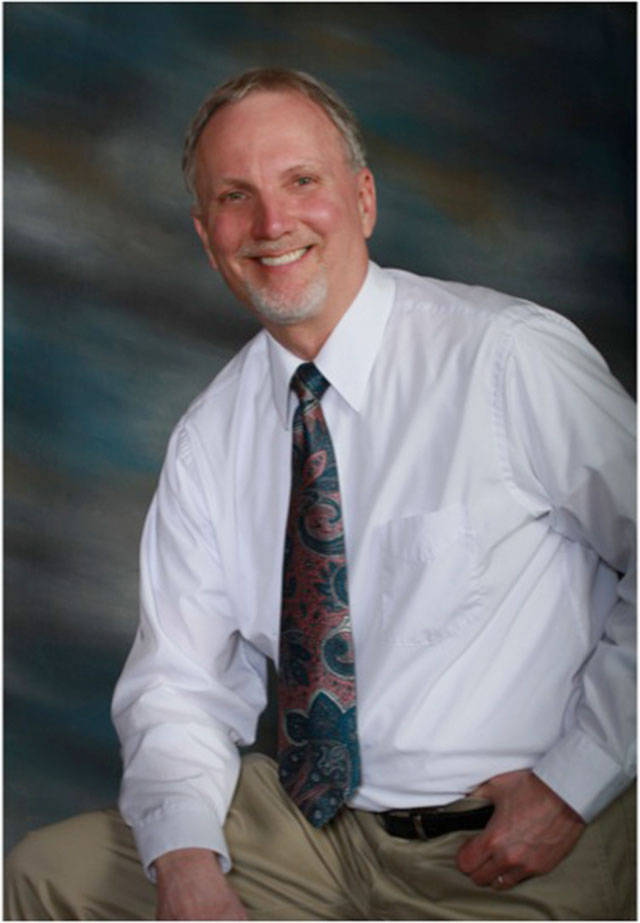How do you respond to a threat?
Your answer reflects your personality and worldview. What is true of individuals is also true of nations. Countries like Taiwan, based on their response to the COVID-19 pandemic, reflect social norms, as author Michele Gelfand noted in her article “The Threat Reflex: Why Some Societies Respond to Danger Better Than Others” in the July/August 2021 issue of Foreign Affairs.
Taiwan “closely observes and upholds social norms [that] can be considered ‘tight.’ People in those societies don’t tolerate deviance and generally follow the rules. ’Loose’ countries [like the U.S.] celebrate individual creativity and freedom. They are lax in maintaining rules and customs but very tolerant of new ideas and ways of being.”
If you visit Germany, you will notice pedestrians waiting patiently for the light to change at a crosswalk during rush hour. In the U.S. it’s likely you’ll see someone dashing across the street at an opportune moment. These “tight” and “loose” behaviors are like the nervous systems of nations.
These tendencies help explain why Taiwan had only had 23 COVID deaths until May 2021, when the Delta strain pushed the number to 773 due to a lack of vaccines. The U.S. death toll now exceeds 626,000. These loose and tight responses have been found to reflect a nation’s history. “Groups exposed to frequent dangers need stricter rules to coordinate to survive. Groups that have experienced fewer threats can afford to be permissive.” The United States is protected by oceans on the east and west and weak nations on the north and south.
These varying threat responses also apply to politics. “Populist authoritarian leaders hijack, amplify, and manipulate threat signals and promise to return their countries to a tight order.”
Research shows that before the 2016 U.S. presidential election, those who saw many threats—illegal immigration, crime, terrorism, lack of jobs, and Iran—craved order in a society that seemed to be collapsing around them. This desire for order was a better predictor of support for Donald Trump than allegiance to a political party.
“Populist autocrats [like Trump] appeal to people who are wary of change and apparent disorder, who suspect that their societies are growing too loose…. Stoking fears of a country unmoored and adrift, they [the autocrats] promise quick, simple solutions that will return the country to a tighter social order of yesteryear.”
How do national leaders deal with people caught up in fear of these threats? The answer is empathy and then coming up with solutions that deal with those fears, like creating jobs (think Biden’s infrastructure bill) and providing aid to parents with children (think the COVID-19 relief bill).
In tight countries, 70 percent of the populations were fearful of catching COVID while in loose countries like the United States, only 50 percent were.
“Indeed, the virus benefited immensely from some societies’ propensity for rule breaking. Americans exemplify this maverick spirit, which fuels the United States’ world-class creativity and innovation but is a major liability during times of collective threat.”
Tight societies, like Singapore and Taiwan, were able to control the spread of the pandemic because the populations voluntarily obeyed COVID rules of restriction.
According to Gelfand, where there are autocratic leaders, the threat signals were manipulated and distorted because these leaders were more concerned about retaining their power than they were about the health of their constituents. Both Brazilian president Jair Bolsonaro and President Trump diminished the dangers of COVID. Bolsonaro called it “sniffles”, while Trump promised the virus “would just disappear”. Diminishing a threat signal reduces “the necessary tightening response needed to fend it off.”
Governments with good leadership in loose countries like New Zealand found the Goldilocks Zone. They were able to beat the virus. Citizens trusted their leaders and followed government rules. That’s a sign of maturity—to live in the tension between tight and loose. Being aware of natural cultural and individual tendencies and then finding the balance can mean the difference between life and death in times of threat signals.


